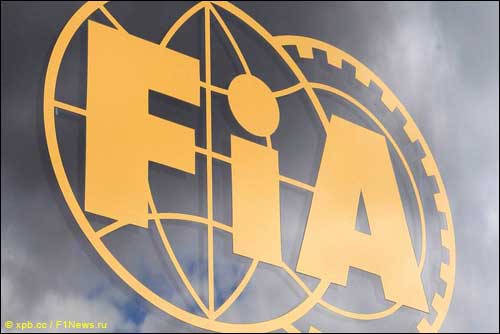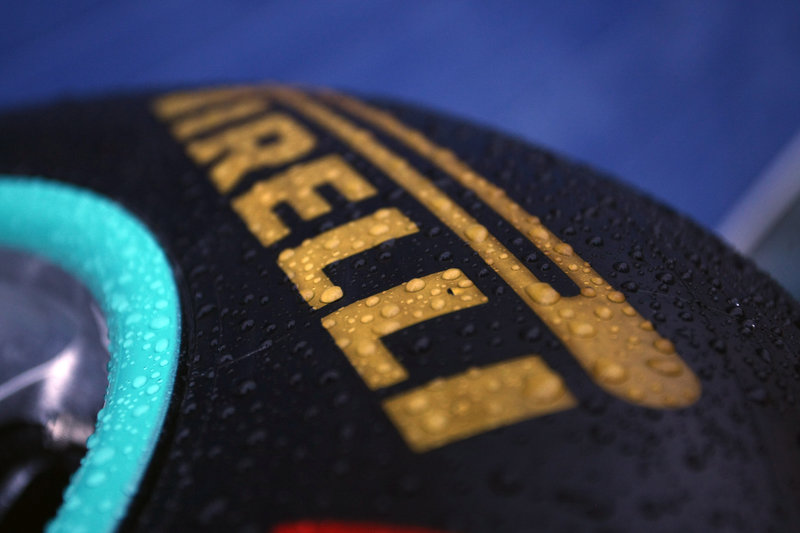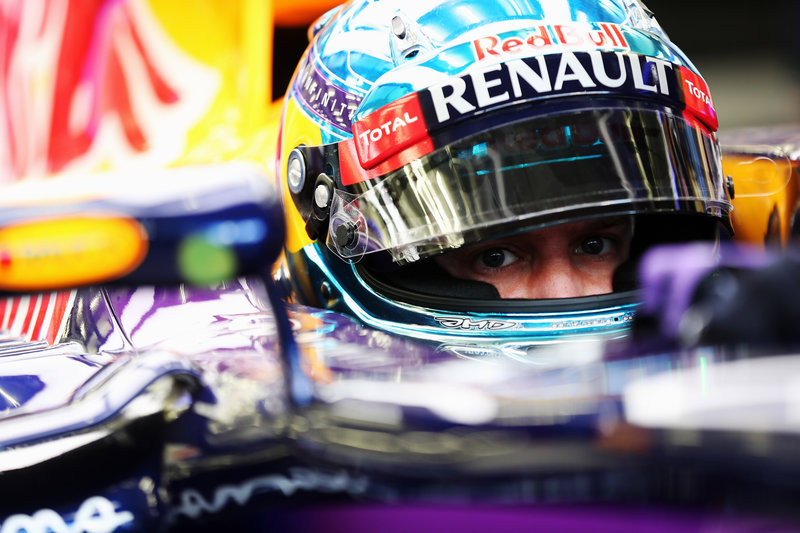Quote:
Originally Posted by solstice

That was incredibly boring since Vettel pulled out of the DRS zone at lap one in every race, or almost. His team mate could not launch a car and was no threat. This year has been different, lot of drama between the Benz drivers and shift in the lead of the WC. Also drama in the other teams with rookies and youngsters outracing the seasoned drivers in RBR, Williams and McLaren ( to somewhat lesser extent ). This was just a snooze event/track on an otherwise rather fun season. Though Benz need competition next year or it will become a bit boring down the line.
|
I believe, the point that the Sochi race is somehow "boring" is not linked to absence of heavy collisions, no red or black flags, no cracked bones, etc. The cars, the pilots are as is, and the new circle was designed by the Formula 1 Chief Architect Herman Tilke who designed also the circles in Malaysia, Bahrain, China, Singapore, UAE, Turkey, Spain, South Korea, India, USA.

However the F1 teams have different background and budget, so it often happens that one or another (richest) team adopts itself the best to the current Technical and Competition regulations and became dominant.
This is unwanted situation when you know the name of the champion and best constructor long before the final race, if no serious accident happens. Let's see, how the FIA is trying to solve such long domination issue and make the GP not so boring as it could be. In 2014, the rules of Formula 1 have undergone massive changes.
 Tires
Before:
Tires
Before: pilots got to the third stage of qualifying start the race on the same tires on which they showed the best result during the third stage of qualifying.
After: pilots got to the third stage of qualifying start the race on the same tires on which they showed the best result during the second stage of qualifying.
Reason for change: this point is introduced to stimulate the pilots to participate in the third stage of qualification, and not to sit in boxes in the hope to save their strength for the race. Public does not really like to watch on Saturday the cars are in the pits and do not compete for the best score.
 Nose cones
Before:
Nose cones
Before: the distance from the lower edge of the nose cone to the road surface should not exceed 550 mm (so-called "raised nose").
After: the distance from the lower edge of the nose cone to the road surface shall not exceed 185 mm (so-called "lowered nose")
Reason for change: security. It is assumed that the "lowered nose" reduces the jump of the car, as it happened with the car of Mark Webber at the Europe Grand Prix in 2010. The lowered nose cone will prevent air updraft under the front cone of the car. This explains the decision of many engineers to increase the length of nose and minimize its cross section. Hence, the new names for such noses like "anteater", " proboscis " etc.
Need to comply with this rule combined with the requirement that the minimum surface area of the bow shall be 9,000 square millimeters and the desire to leave the chassis and the nose cone as high as possible to maximize the air flow under the car will lead to the fact that most teams sacrifice aesthetics.
 Front wing
Front wing
The width of the front wing is reduced by 150 millimeters - from 1800 to 1650 mm.
Rear wing
Profile of the rear wing surface will be more "flat", but the main change - no lower wing element, which generated a significant portion of downforce.
Engines
Before: naturally-aspirated engine of 2.4 liters. 90 ° V8 standard injection.
After: 1.6-liter turbocharged engine. 90 ° V6 with direct injection.
Reason for change: the turbocharged petrol engine of reduced volume with direct fuel injection is more economical. So Formula 1 wants to be attractive to the grandees of the automotive industry and obtain their engines at a discounted price.
 Transmission
Transmission
Next year the transmission will be 8-speed. The teams need to pre-select a few options gear ratios of all 8 forward gears, which will be fixed for the entire season before the first race. In 2013, the teams had 30 different gear ratios.
Side pontoons
Cooling requirements of the engine will increase significantly. It would request bigger radiators, which will affect the size of the side pontoons. Furthermore, the pontoons will need to carry new security structures for protection against lateral collisions.
Weight of the car
Minimum weight including the weight of the rider increased by 49 kg compared with 2013 - up to 691 kg. In 2015, the year the minimum weight will increase by another 10 kg.
Before: minimum dry weight of the car plus pilot was 642 kg.
After: minimum dry weight of the car plus pilot is 691 kg.
Reason for change: a new engine – it is HEAVY! Much heavier than the approved added 49 kg. At the same time, everybody understands each saved kilogram means greater speed on track. Therefore, teams try to reduce the weight of cars in all possible ways.
Chassis height
Maximum height of the chassis has been reduced from 550 to 525 millimeters.
Hybrid system
Before: 60-kilowatt KERS system allowed the use of an additional acceleration of the car to 6.6 seconds per lap.
After: additional 120-kilowatt system MGU-K allows you to use an additional acceleration of the car up to 33 seconds per lap.
Reason for change: the organizers of the Formula championship want the new cars to have the same power as the cars with V8 engines. However the smaller engines need more recuperation to overcome the lack of power. New cars are equipped with two energy recovery system (ERS) or recuperation systems; each of them is able to compensate the loss of power tenfold compared with the old system.
The first ERS one is like the modern KERS: it collects energy released during braking which is then reused by the motor-generator (MGUK). The second ERS (MGUH) accumulates thermal energy of the exhaust gases which are used in the turbine. For 33 seconds per lap ERS system will release an additional total capacity of 163 hp. However because the engine power halved, hybrid systems are able to compensate the power only fivefold.
 Exhaust system
Before:
Exhaust system
Before: Upward exhaust tips located on both sides of the rear of the car
After: Exhaust tips are located in the lower center of the rear of the car
Reason for change: the teams used exhaust stream to increase downforce. FIA has decided to prevent this and demanded to move exhaust tips. The engineers remembered the "Coanda effect" and began to use the car’s body structure and place the pipes that way as the downforce increased by body construction. When the FIA realized that engineers and intend to continue to bypass the restrictions, it was decided to move the pipes to the center of the car, so that the exhaust stream is coming out under the rear wing - in such conditions the effect of downforce is reduced considerably.
Fuel limit
Before: it was possible to fill in as much fuel as the team wants, and fuel consumption was not restricted.
After: consumption limit of 100 kg of fuel per race is introduced, or fuel consumption rate of 100 kg per hour per engine.
Reason for change: the new limits are introduced for reasons of efficiency. In compliance with the new limits the cars will spend two-thirds less fuel. On the other hand, this limit will restrict also the violent fantasy of Formula 1 teams’ engineers.
Scoring system
Before: Points were awarded on "25, 18, 15, 12, 10, 8, 6, 4, 2, 1."
After: Points are awarded the same way except for the last GP in Abu Dhabi, where it will be on "50, 36, 30, 24, 20, 16, 12, 8, 4, 2."
Reason for change: when the name of a future champion is clear already in the middle of season, public no longer looks after each race. Doubling of points in the final race allows to keep the audience interested.